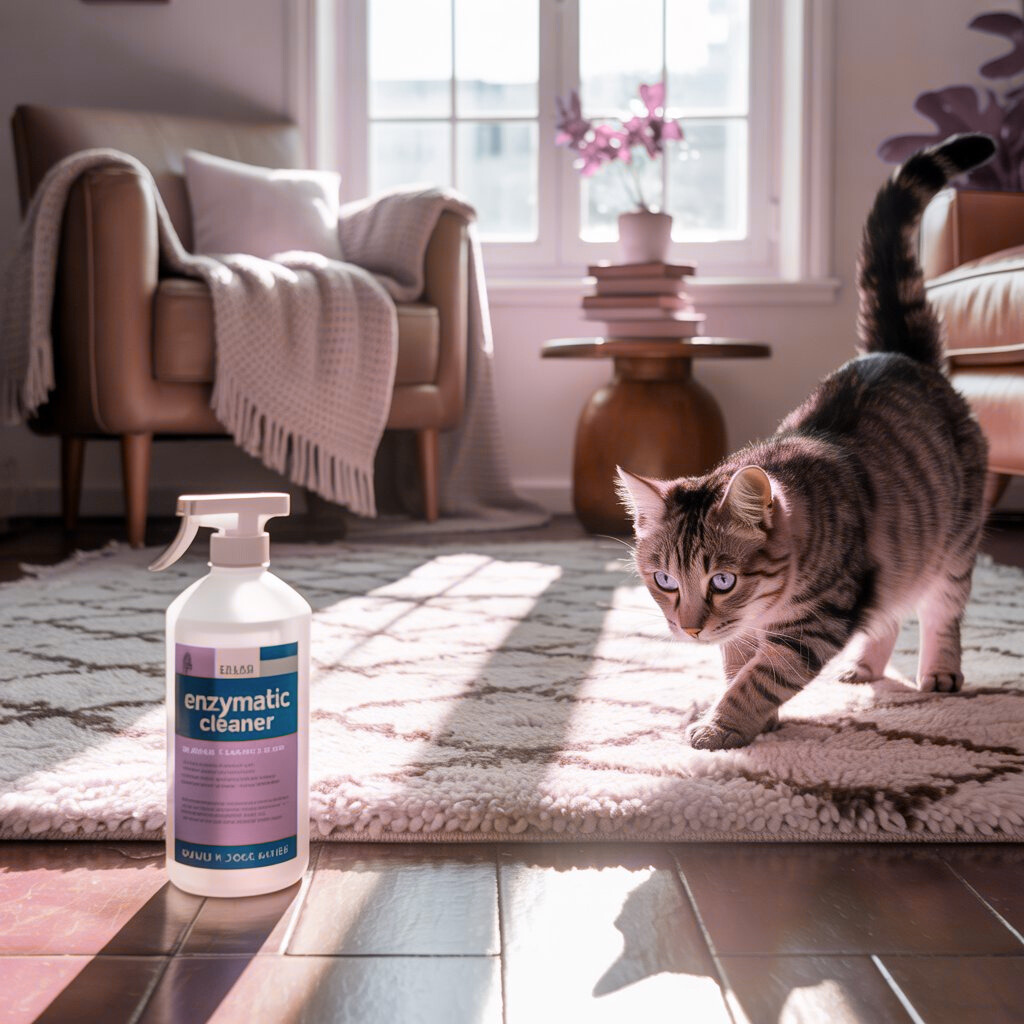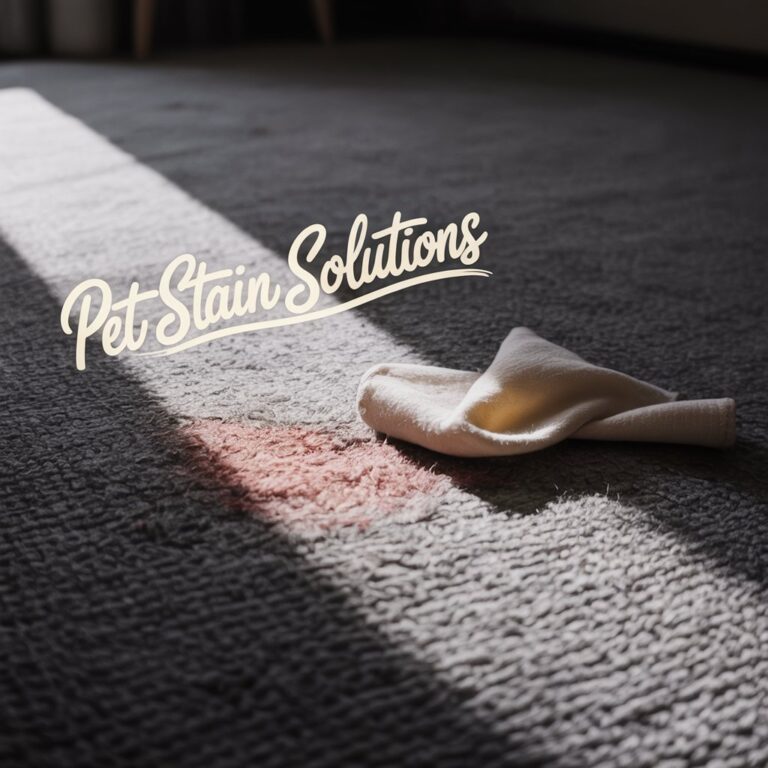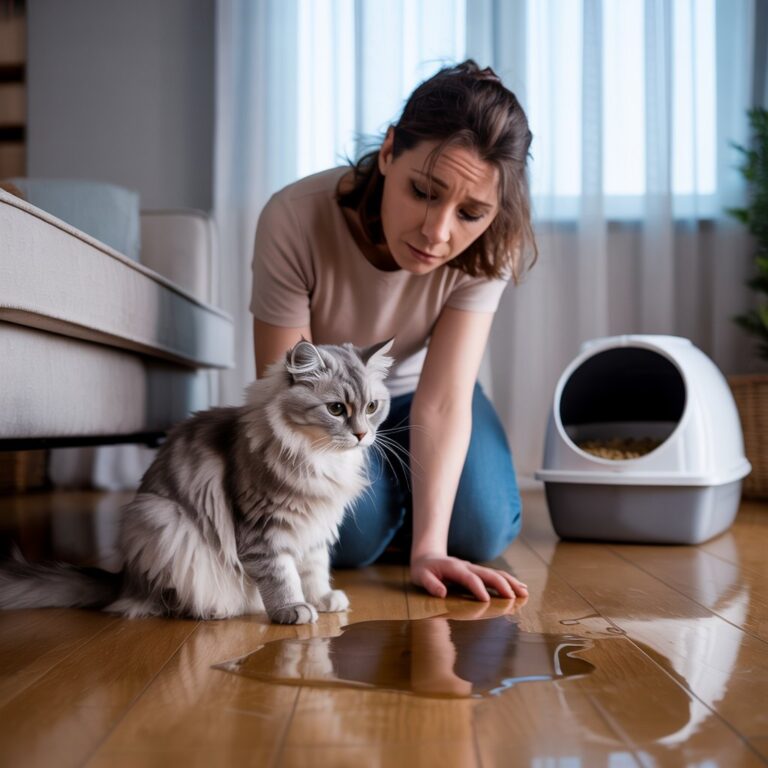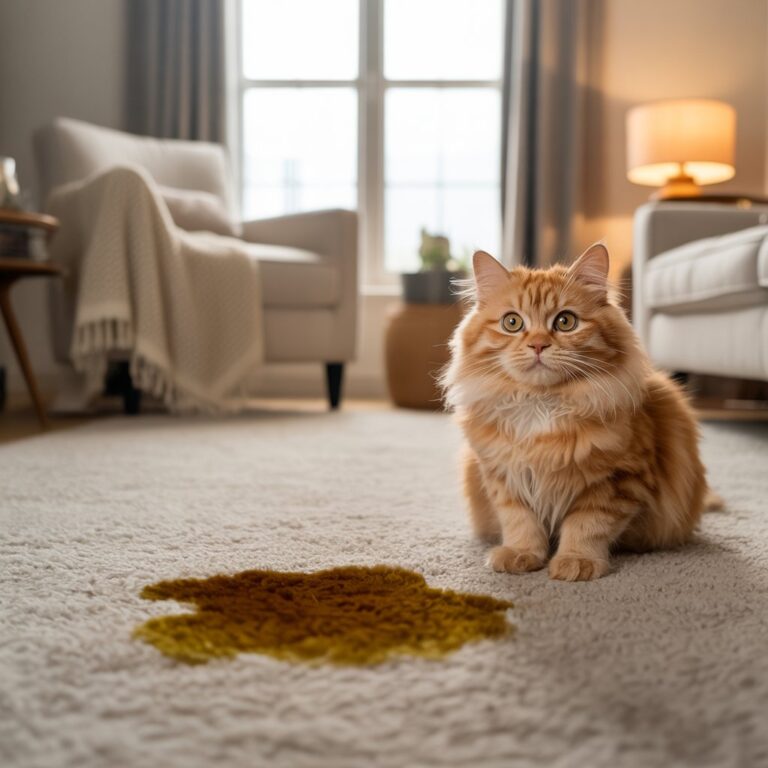Cat Urine Odor: Unlock 7 Reasons Why Your Carpet Reeks
Even the most diligent cat parents know the struggle: you clean up a pee accident, only to find that stubborn cat urine odor still lingering in your carpet. It’s frustrating, embarrassing, and downright puzzling. If you’ve already tried everything you can think of, don’t worry! Let’s take a closer look at 7 surprising reasons why that smell refuses to budge—and what you can do about it.
1. The Cat Urine Odor Soaked Into the Carpet Pad
First off, most people don’t realize that cat urine can soak much deeper than the surface. When your cat pees, the liquid quickly travels past the carpet fibers and into the carpet pad underneath. Unfortunately, even if you scrub the top layer, the real trouble is lurking down below.
Fix: Use a high-quality enzymatic cleaner that’s designed to reach deep into the carpet pad. These cleaners actually break down the uric acid crystals that cause the cat urine odor.
2. Incomplete Cleanup of the First Cat Urine Odor Accident
Sometimes, a quick wipe-up just isn’t enough. Even a tiny bit of urine left behind can make the smell return days or even weeks later. Because cats have such strong noses, they can detect these leftovers even if you can’t.
Fix: Take the time to thoroughly soak the area with a dedicated enzymatic cleaner. Don’t just do a quick dab—really saturate it, let it sit, and then blot up as much as you can.
3. The Wrong Cleaner Was Used (or the Right Cleaner in the Wrong Order)
A lot of folks make the mistake of using regular household cleaners, which might mask the smell for a while but won’t remove the cat urine odor for good. Some harsh chemicals can even lock the stain deeper into the carpet.
When it comes to older stains, you’ll need a two-step approach. First, use an oxygen-based cleaner (like those with hydrogen peroxide) to break down the chemical bonds and lift the old mess. After that, follow up with a bio-enzymatic cleaner to fully digest the uric acid crystals.
Fix: Always start with an oxygen-based cleaner for old or stubborn stains, then switch to a bio-enzymatic product to ensure you’re getting rid of the smell for good.
4. DIY Carpet Cleaners (Like Vinegar or Baking Soda) Can Actually Make Cat Urine Odor Worse
It might seem logical to use vinegar or baking soda, but these DIY solutions can backfire. While vinegar can help neutralize mild odors, it doesn’t break down the uric acid crystals in cat pee. Baking soda, on the other hand, only absorbs odor temporarily and can leave a residue behind.
Fix: Skip the vinegar-and-baking-soda experiments. Instead, go for proven cleaning solutions that target the real source of cat urine odor.
5. Hidden Spots You Didn’t Know About
Cats are sneaky. Sometimes they’ll pee in hidden corners, under furniture, or on the edge of a rug where you might not see it. Even one missed accident can make your carpet smell like cat pee again and again.
Fix: Use a black light torch to check for hidden pee spots. Once you find them, treat them the same way you would any other urine stain: oxygen-based cleaner first (if it’s old), then enzymatic treatment.
6. Humidity and Heat Reactivate Old Urine Crystals
Here’s something a lot of people don’t know: cat urine crystals can “reactivate” when the weather is humid or the carpet gets warm. This means that, even if it seemed clean during winter, that smell can come back strong in the summer.
Fix: Control humidity in your home as much as possible. And most importantly, make sure to fully neutralize the uric acid crystals with the right cleaning routine—oxygen-based cleaner first (if needed) and then the bio-enzymatic cleaner.
7. Your Cat Keeps Re-Marking the Same Spot
Lastly, if the cat urine odor isn’t completely gone, your cat might still smell it and decide that’s the perfect place to pee again. Cats mark territory instinctively, and one old accident can lead to a cycle of re-marking.
Fix: Once you’ve cleaned thoroughly, use a cat repellent spray to discourage re-marking. You can also try moving furniture around or placing a food dish in that area—cats usually won’t pee where they eat.
Final Thoughts
Dealing with lingering cat urine odor can feel like a never-ending battle. However, understanding why that smell sticks around is the first step in truly getting rid of it. By tackling the problem from the carpet pad up, using the right cleaning solutions in the right order, and addressing hidden spots, you can finally enjoy a fresh, clean home again.
So, the next time your carpet smells like cat pee, remember: it’s not just about cleaning what you see. It’s about treating the hidden, reactivated, and stubborn causes of that odor for good.



